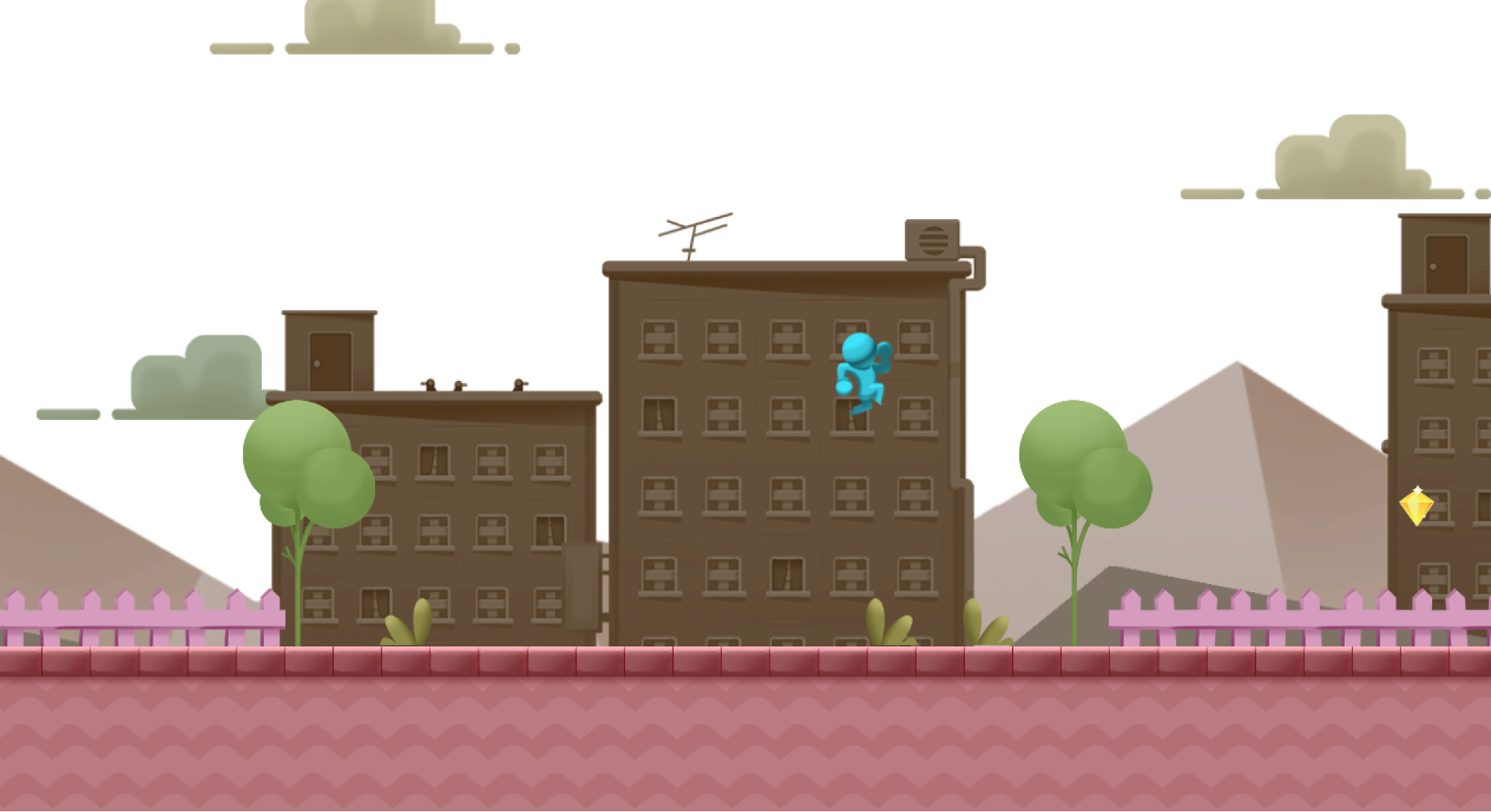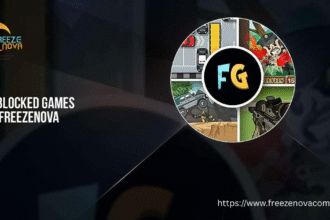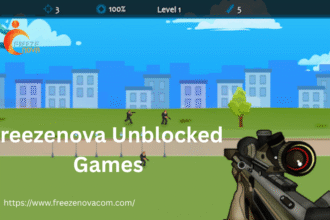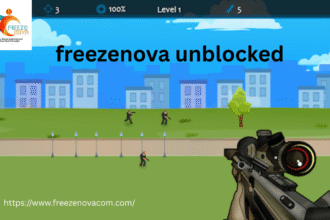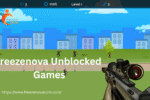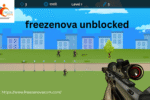Introduction
Looking to build your dream game? Whether you’re creating a pixel-perfect 2D platformer or a full-scale 3D open-world adventure, the Unity 2D/3D Platform is likely your best bet.
Unity isn’t just a game engine—it’s an entire ecosystem designed to empower creativity, accelerate development, and scale projects from concept to launch. With Unity, you get access to both 2D and 3D game development tools under one flexible platform, making it ideal for indie creators, AAA studios, and hobbyists alike.
In this in-depth guide, we’ll explore how the Unity 2D/3D Platform works, how to get started, and why it remains the most popular game engine in 2025.
What Is Unity 2D/3D Platform?
The Unity 2D/3D Platform is a cross-platform game development engine developed by Unity Technologies, supporting both 2D and 3D game development within a single environment.
Originally launched in 2005, Unity has evolved into a full-featured platform used for:
- Mobile games
- PC and console titles
- VR/AR experiences
- Simulations and visualisations
- Web-based games
As of 2025, Unity powers over 70% of all mobile games and supports deployment to more than 25 platforms, including iOS, Android, Windows, macOS, PlayStation, Xbox, and more.
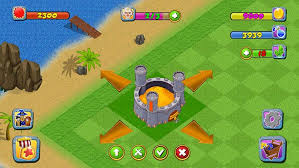
Unity 2D vs. 3D: What’s the Difference?
Unity makes it simple to choose between 2D and 3D workflows depending on your project goals.
| Feature | Unity 2D | Unity 3D |
| Use Case | Platformers, puzzles, RPGs | FPS, adventure, simulation |
| Camera Type | Orthographic (flat) | Perspective (depth-based) |
| Rendering Mode | Sprite-based | Mesh and lighting-based |
| Physics Engine | 2D Rigidbody & BoxCollider2D | 3D Rigidbody & MeshCollider |
| Performance | Lightweight | More resource-intensive |
Unity’s ability to switch seamlessly between 2D and 3D modes is a big part of what makes the Unity 2D/3D Platform so powerful.
Getting Started with Unity 2D/3D Platform
Starting your first Unity project doesn’t require a fancy setup or advanced skills.
Step 1: Download Unity Hub
Unity Hub is your command centre. It helps manage Unity versions, templates, and projects.
Step 2: Choose 2D or 3D Template
When creating a new project:
- Pick 2D for flat games like side-scrollers.
- Choose 3D for immersive worlds and 3D models.
Step 3: Learn the Editor Layout
Unity’s interface is modular and customizable. Key panels include:
- Scene View
- Game View
- Hierarchy
- Inspector
- Project Assets
Step 4: Add Assets and Components
Use Unity Asset Store or import your sprites, models, and audio. Drag them into the scene and attach components like Rigidbody, Collider, or scripts.
Core Features of the Unity 2D/3D Platform
1. Flexible Physics Engines
Unity supports both 2D and 3D physics, using:
- Box2D (for 2D)
- NVIDIA PhysX (for 3D)
2. Scriptable with C#
Unity uses C# scripting, enabling:
- Game logic
- Input handling
- Scene transitions
- Physics behaviors
3. Animation System (Mecanim)
Unity supports skeletal animation, blend trees, and inverse kinematics. Whether it’s a jumping character or a rotating object, animations are intuitive.
4. Visual Editor & Timeline
Create cutscenes and UI animations using Timeline—no code required.
5. Unity Asset Store
Access thousands of free and premium assets, including:
- 3D models
- 2D sprites
- Scripts
- Shaders
- Tools
Real-World Use Cases for Unity 2D/3D Platform
Indie Games
Unity 2D/3D Platform is the engine behind hit titles like:
- Hollow Knight (2D)
- Cuphead (2D with 3D effects)
- Escape From Tarkov (3D FPS)
Simulations and Training
Companies use Unity for:
- Military training simulations
- Industrial safety drills
- Medical VR surgeries
AR/VR Projects
Unity works with platforms like Meta Quest, HoloLens, and ARKit, making it ideal for mixed reality experiences.
Education
Unity offers free courses via Unity Learn, perfect for students and bootcamps focusing on STEM or game design.
Unity 2D/3D Platform vs. Unreal Engine
Here’s how Unity stacks up against its biggest rival:
| Feature | Unity 2D/3D Platform | Unreal Engine |
| Best For | 2D/3D mobile, indie | AAA 3D, high-end |
| Programming Language | C# | C++ |
| Asset Store | Large and diverse | High-quality |
| Learning Curve | Beginner-friendly | Steeper |
| 2D Tools | Built-in and strong | Limited |
| Community Support | Extensive | Strong but niche |
For beginners and cross-platform flexibility, Unity 2D/3D Platform is the better choice in most scenarios.
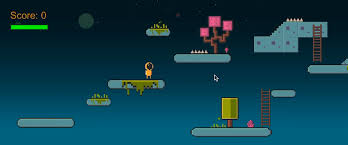
Unity by the Numbers (2025 Update)
- 5M+ monthly active developers
- 70%+ mobile market share
- 25+ export platforms
- Used in 190 countries
- Over 1.5M assets available via Unity Asset Store
These numbers reflect not just popularity, but global dominance.
Tips for Mastering Unity 2D/3D Platform
- Learn C# Basics Early
Unity scripting is beginner-friendly but powerful. Don’t skip the fundamentals. - Start Small, Then Scale
Build a mini 2D game before diving into a massive 3D RPG. Learn systems before scaling complexity. - Use Prefabs for Efficiency
Prefabs let you reuse objects (e.g., enemies, obstacles) across levels without recreating from scratch. - Test Across Platforms
Since Unity supports multi-platform export, test performance on each target platform regularly. - Stay Organized
Name your GameObjects. Use folders for assets, scripts, scenes, and prefabs.
Unity Tools That Supercharge Development
| Tool/Feature | Purpose |
| ProBuilder | Create quick 3D geometry |
| Cinemachine | Smart, procedural camera control |
| Shader Graph | Create shaders visually |
| DOTS (ECS) | High-performance architecture |
| Unity Collaborate | Cloud-based team collaboration |
| Addressable Assets | Efficient memory management |
These tools help developers optimise workflows on the Unity 2D/3D Platform.
Unity for Mobile Game Development
Unity shines in mobile game development thanks to:
- Lightweight 2D rendering
- Touch input integration
- In-app purchases and ads SDKs
- Cloud save and analytics support
Whether it’s a hyper-casual game or a deep strategy RPG, Unity delivers smooth performance on iOS and Android alike.
Unity for WebGL and Cross-Platform Games
Unity’s WebGL export allows you to run games in browsers with no downloads. Combined with its export to consoles, PC, mobile, and VR, Unity remains the most cross-platform capable engine available.
One codebase. One project. Many platforms. That’s the power of the Unity 2D/3D Platform.
Unity’s Ecosystem & Future Outlook
Unity isn’t just an engine—it’s an ecosystem:
- Unity Cloud: Cloud builds, analytics, and collaboration
- Unity Ads: Monetisation built-in
- Unity ML-Agents: AI and machine learning for games
- Unity Sentis (2025): Real-time neural network integration
With ongoing updates, Unity continues to lead innovation in real-time interactive content.
Conclusion
The Unity 2D/3D Platform is the most versatile, beginner-friendly, and future-proof game engine available today. Whether you’re building a pixel-art indie hit or a full-scale 3D simulation, Unity gives you:
- A massive global community
- Robust 2D/3D tools in one place
- Multi-platform deployment
- Constant updates and innovation
If you’re serious about game development, Unity should be at the top of your list. Dive in, start small, and keep building—the Unity ecosystem will grow with you.
Read Also: The Art of Efficiency: Do More With Less in Work & Life
FAQs
Is Unity good for both 2D and 3D games?
Yes, Unity is built for both. It offers dedicated 2D and 3D tools within the same platform.
Do I need to know how to code to use Unity?
Basic C# knowledge is helpful, but many functions can be used visually through Unity’s editor.
Is Unity 2D/3D Platform free?
Unity offers a free Personal plan for individuals and small teams, with Pro options for larger studios.
Which games are made with Unity?
Popular games like Among Us, Monument Valley, Hollow Knight, and Genshin Impact were all built using Unity.
What platforms does Unity support?
Unity supports iOS, Android, Windows, macOS, PlayStation, Xbox, Nintendo Switch, WebGL, and VR/AR devices.

